Cotton fabric was originally just a common neutral noun, but now it seems to have become a complimentary term. When it comes to cotton, I believe most people’s first reaction is that it is healthy, green, and can be close to the baby’s delicate skin… And under the guidance of some businesses, cotton clothing has also become a symbol of the pursuit of simple and authentic life, literature and art A must-have outfit for young people. So, are cotton clothes necessarily the best? Listen to me slowly.
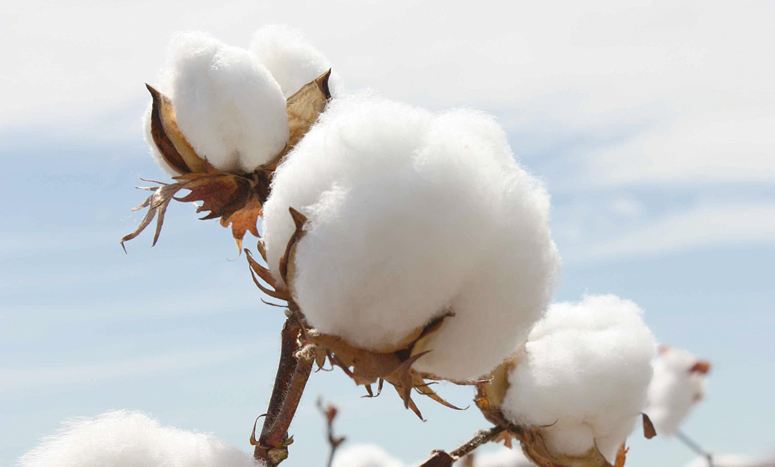
Let’s first understand its definition. Pure cotton means made of 95%-100% (most of the time it can also be understood as 100%) cotton. , the reason why everyone thinks that cotton is good is firstly due to the advantages of cotton: warmth retention, moisture absorption, heat resistance, alkali resistance and other characteristics. Clothes made of cotton are not only soft and close-fitting, comfortable and warm, but also good at absorbing sweat. On the other hand, people subconsciously think that cotton is made entirely of natural cotton materials without adding other chemical ingredients. These days, everyone is scared of chemical additives, so when they hear that there are no chemical fibers, they naturally think that it is safe and healthy.
There are two misunderstandings in this way:
First, blindly emphasize the advantages of cotton while ignoring the disadvantages.
Ordinary cotton fabrics are generally easy to wrinkle, and it is very troublesome to use them as jackets. They must be ironed frequently before they can be worn out. It is also easy to shrink and pill. Generally, the shrinkage rate of cotton fabrics is 2% to 5% (of course, if cost is not considered, shrinkage can also be avoided through special processing and washing).

All-cotton fabrics are easy to wrinkle and shrink
Furthermore, all-cotton products also have a very big disadvantage, that is, they have good hygroscopicity, but very poor moisture removal. Work very slowly from now on. People who usually wear cotton vests for exercise will easily catch a cold if they sweat and have no time to change their vests, leaving their backs wet. That’s why so many sports brands use quick-drying materials for their close-fitting clothing and rarely use 100% cotton.

Many sports vests are made of quick-drying materials
Also, the surface layer of cotton fibers has a thin layer of gum, which is difficult to remove with ordinary processes ( It can also be removed by special technology, but it is still a cost issue), which will cause the cotton products to become stiffer and stiffer the more they are washed, and the effect of using softener is not ideal. There is only one way: that is, be rich and change things frequently.
Second, it is too extreme to blindly deny chemical fiber fabrics.
In our country, I am afraid no one will agree that the performance of chemical fiber fabrics is better than that of natural fiber fabrics. However, in some developed countries, the opposite is true. Most people believe that chemical fiber fabrics have more advantages in terms of comfort, functionality, and high sensitivity. I am not advocating for foreigners. Chemical fiber has three major advantages in the early stages of its development: it is strong and durable, easy to care for, anti-wrinkle and does not need to be ironed. Secondly, it also has some special properties such as corrosion resistance, high temperature resistance, flame retardancy, high strength and so on.
For example, fabrics such as triacetate are stain-resistant, easy to clean, soft to the touch, and not easy to wrinkle. They are suitable for clothing fabrics, underwear, and dresses. It can also be mixed with other fibers to weave into various satin products. The feel and luster are quite good. This fabric is currently produced by only a handful of American, Japanese and European fabric manufacturers.
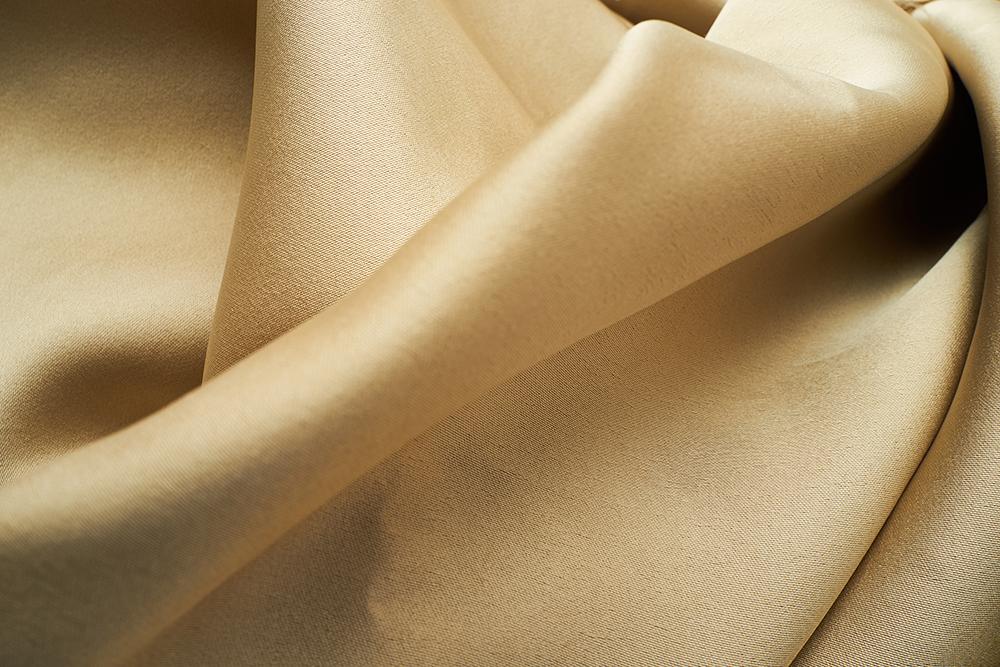
Triacetate fabric
Of course, objectively speaking, the weaknesses of chemical fiber fabrics such as poor hygroscopicity and poor comfort cannot be ignored. Therefore, the best way is, of course, to join forces and complement each other’s advantages. Choose different blended fabrics according to your needs.
Now let me talk about several common cotton and chemical fiber blended fabrics with obvious advantages for your reference.
-
Cotton and nylon blended fabric
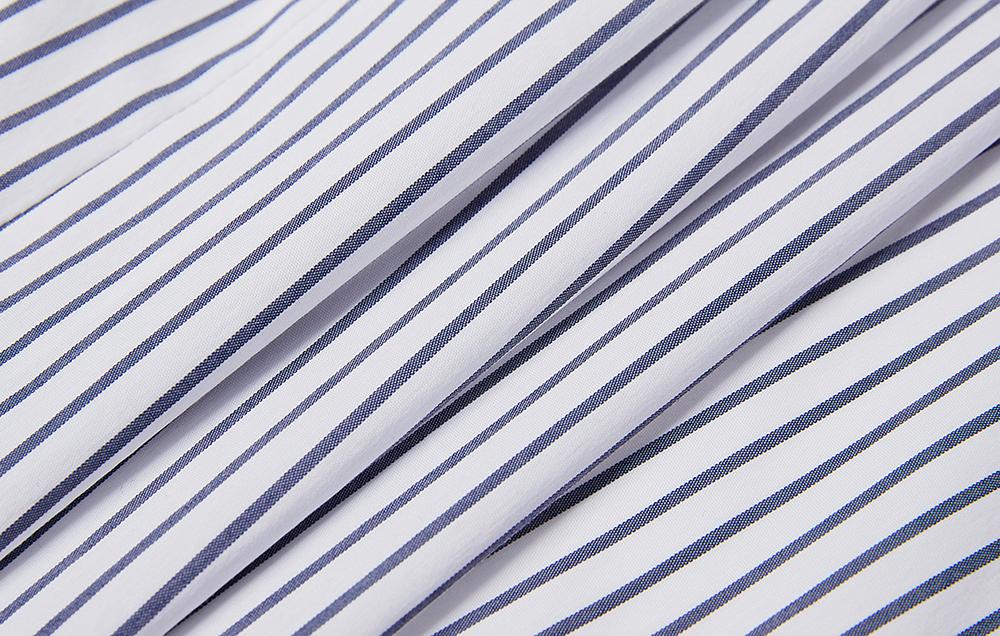
Cotton and nylon blended fabric
Cotton and nylon blends are common fabrics in our daily lives. Nylon can increase the wear resistance of cotton, plus the hygroscopicity and breathability of cotton. The combination of the two is not only comfortable and breathable, but also resistant to deformation. That is to say, the characteristics of cotton and nylon are fully utilized to make up for each other’s shortcomings. This kind of fabric is suitable for making coats, which are both comfortable and upright.
-
Cotton and polyester blended fabric
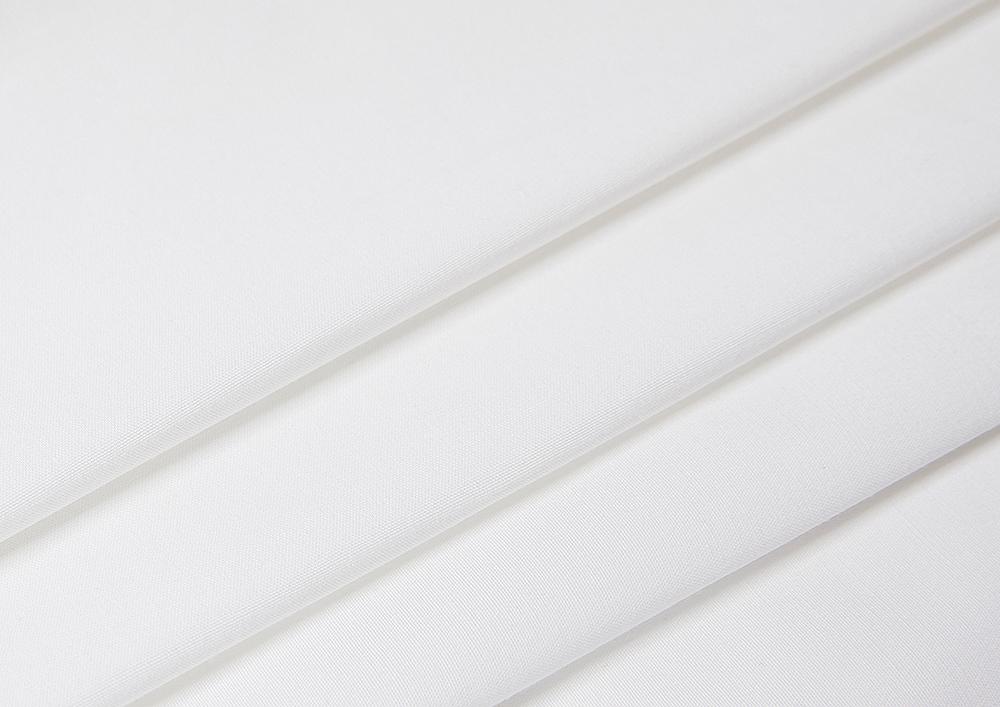
Cotton and nylon blended fabric
Polyester, also known as polyester fiber, was very popular at the time. Polyester blended with cotton can make up for the tendency of cotton to shrink easily, with relatively stable dimensions and low shrinkage. It has good elasticity and wear resistance in dry and wet environments. The clothes made are tall and straight, not easy to wrinkle, easy to wash, and quick to dry. They completely make up for the shortcomings of cotton fabrics, right?have? Of course, nothing is perfect in the world. The feel of polyester-cotton fabrics is generally slightly worse than that of pure cotton. However, advanced modern technology can also solve this shortcoming, so I won’t go into details.
If you like plant fibers and don’t like cotton and chemical fiber blends, you can also try cotton and linen blends, which also have good results.
-
Cotton and linen blended fabric
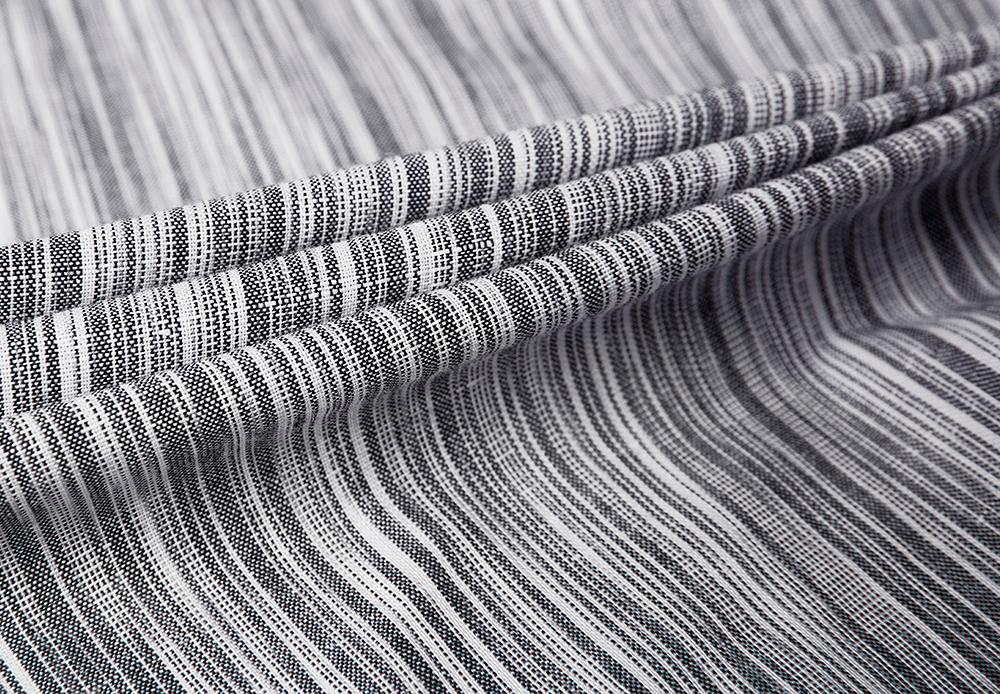
Cotton and linen blended fabric
This kind of fabric maintains the unique rough and stiff style of linen fabric in appearance (so it is also loved by various literary and artistic people), and has the soft characteristics of cotton. It is also dimensionally stable, has low shrinkage, is tall and straight, is not easy to wrinkle, is easy to wash, and is quick-drying. Linen-cotton fabrics are generally made of cotton for the warp and hemp for the weft. The texture is firm and smooth, and feels softer than pure linen. This fabric is generally thin, breathable, and has good drape, and is suitable for spring and summer coats.
Moreover, if you are a persistent consumer or someone with very sensitive skin who insists on using cotton but want to avoid the major defects of cotton, then you can also choose fabrics woven with special processes. For example:
-
Combed cotton
Combed cotton is also called “fine shuttle” “Cotton” simply means fabrics that are better woven and processed, and are “all cotton”. This kind of fabric can prevent pilling to the greatest extent, and can be used as a coat. It is not as embarrassing as untreated cotton, and the effect is quite good.
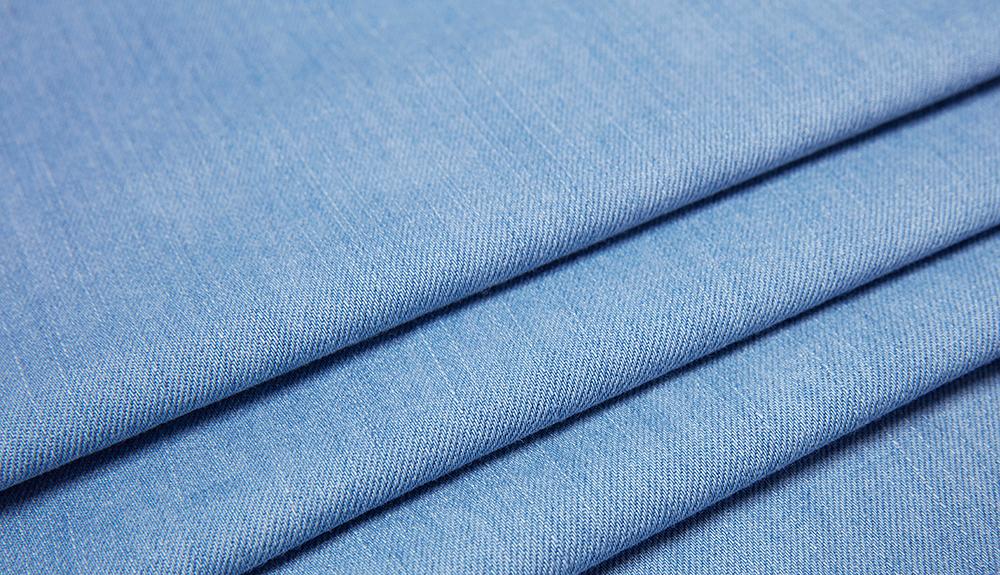
Combed cotton denim front
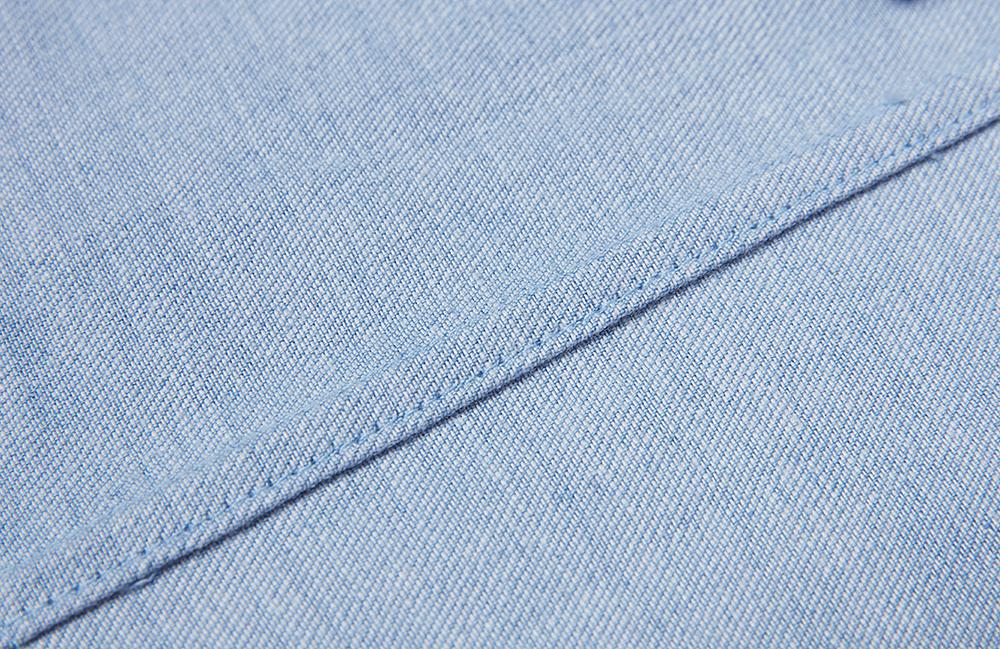
Combed cotton denim reverse side
-
Knitted cotton
Knitted cotton is made by bending cotton yarn into loops with knitting needles and then stringing them together (there is no animation, I can only make up my own mind). Because of the use of textile technology, the surface is smooth. Compared with pure cotton, it is moisture-absorbent, breathable, comfortable and warm, and not prone to pilling. Most of the children’s clothing sold on the market now uses this kind of fabric, and it is also used more often in underwear. Anyway, the comfort and moisture absorption properties of knitted cotton are very similar to those of pure cotton.
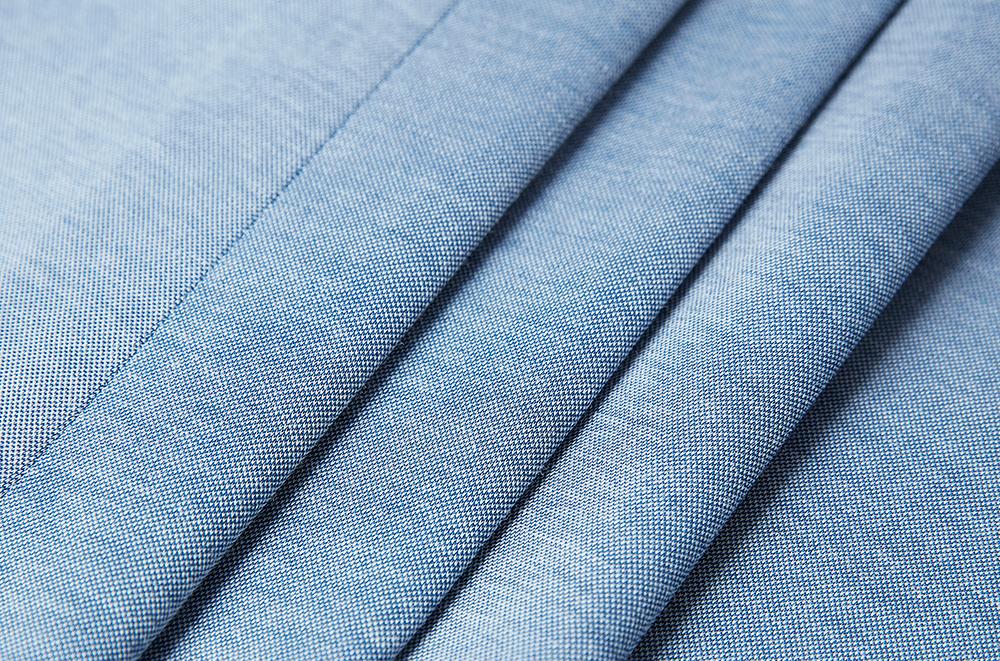
Knitted cotton fabrics
The above mentioned are some of our common cotton-related fabrics. If we want to talk about them all, there are also washed cotton, ice cotton, Lycra cotton, Mercerized cotton… I can’t finish it in three days and three nights. Finally, to sum up, we can’t praise pure cotton to the sky, and there is no need to beat it to death with a stick. To treat it objectively, the key depends on your needs, whether you want a jacket or underwear, whether you want to be comfortable to the touch or tall and stylish, then You can then take your seat and make your selection.






